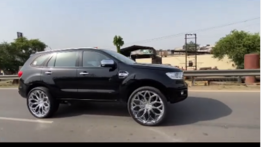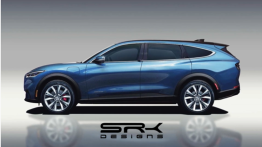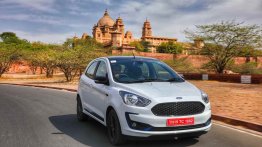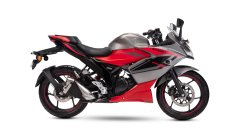The 2019 Ford Everest (2019 Ford Endeavour) was launched in Thailand, its first market, last week. Here’s a visual comparison between the 2019 Ford Everest (facelift) and the 2015 Ford Everest.
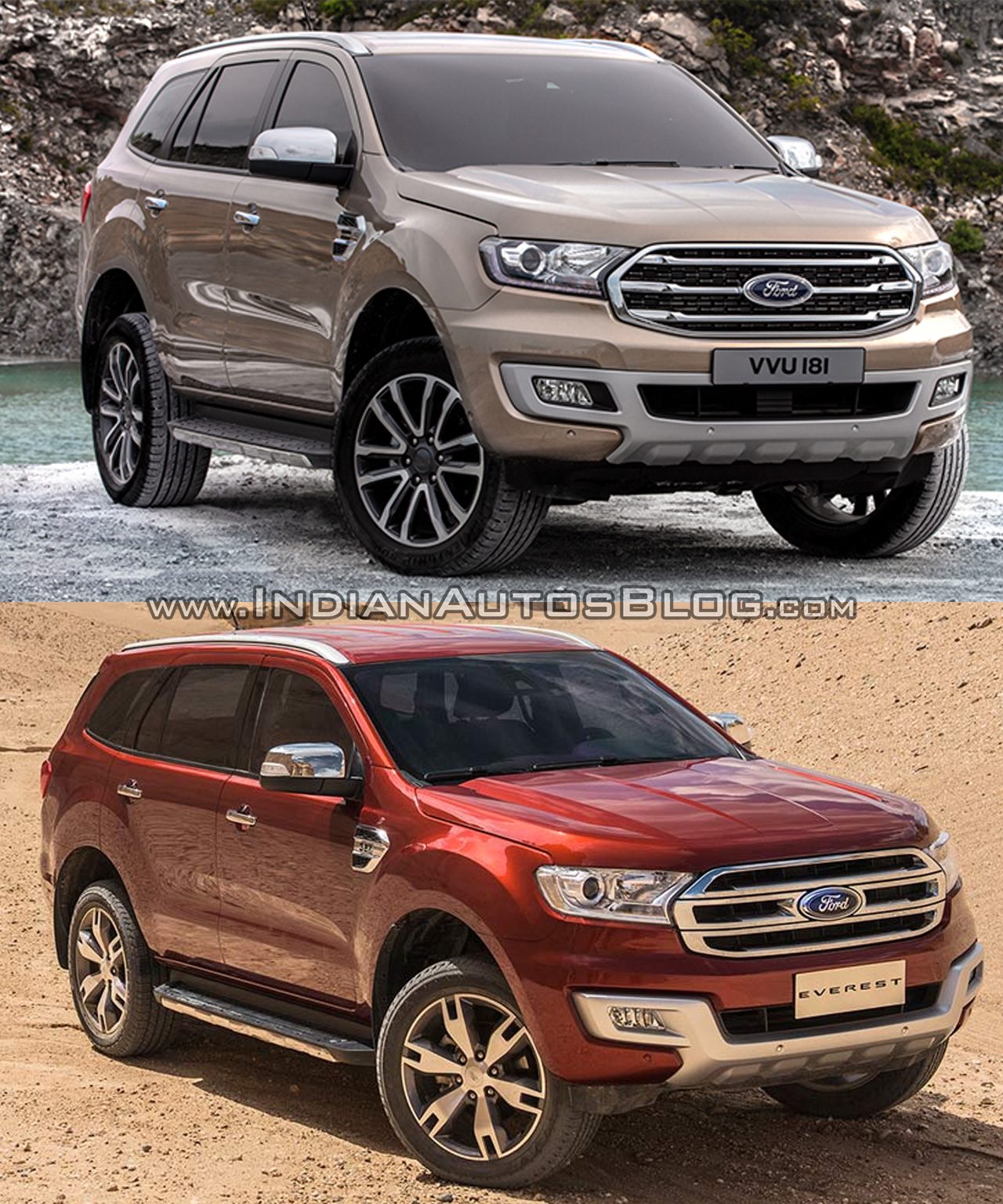
The third generation Ford Everest already had a very appealing design and styling when it arrived in 2015, and that remains a fact even three years later today. So, Ford has not tinkered much with that, and instead focused on other aspects, such as convenience, safety and performance.
Ford has introduced a new radiator grille, a lower air intake frame and new six-double-spoke wheels. The updated model’s front bumper looks beefier because of its slightly more athletic outer ends.
New convenience features include a foot-activated power tailgate, passive keyless entry and push-button start. The mid-size SUV is now safer, thanks to the introduction of an Autonomous Emergency Braking (AEB) system with pedestrian and vehicle detection.
Ford has discontinued the 2.2-litre TDCi four-cylinder diesel engine (160 PS/385 Nm) and the 3.2-litre TDCi five-cylinder diesel engine (200 PS/470 Nm). Both these engines were paired with a 6-speed automatic transmission.
In place of the 2.2-litre diesel engine, there’s a brand-new 2.0-litre EcoBlue TDCi four-cylinder diesel that produces 180 PS and 420 Nm of torque. Above that, there’s a “Bi-Turbo” (twin-turbocharged) version of it that delivers 213 PS and 500 Nm of torque. This unit is a replacement for the 3.2-litre diesel engine. A 10-speed automatic transmission has replaced the 6-speed automatic transmission.
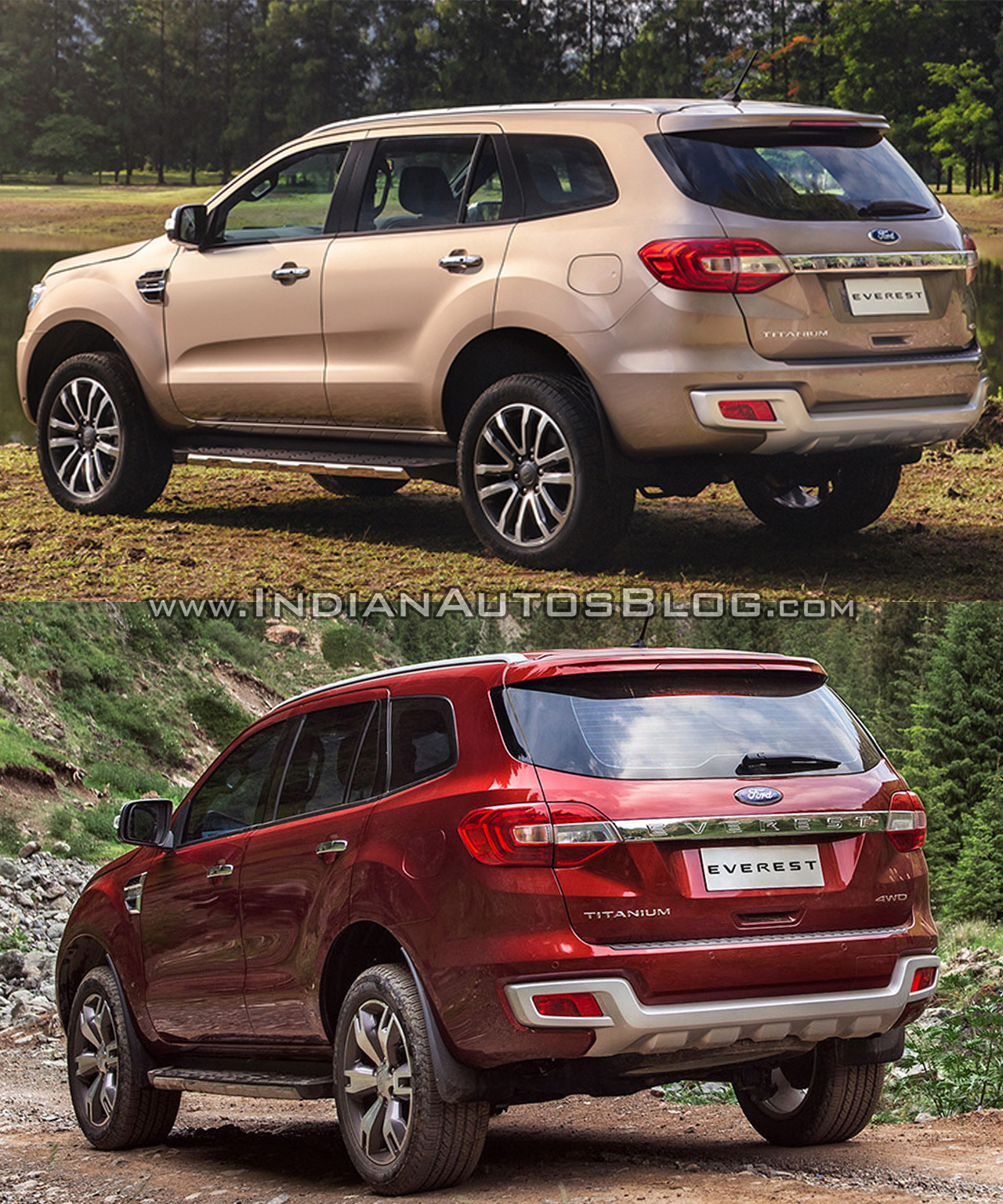
Also Read: India-made export-spec 2018 Ford Figo hatchback & sedan unveiled
The 2019 Ford Endeavour could go on sale in India by early 2019.





